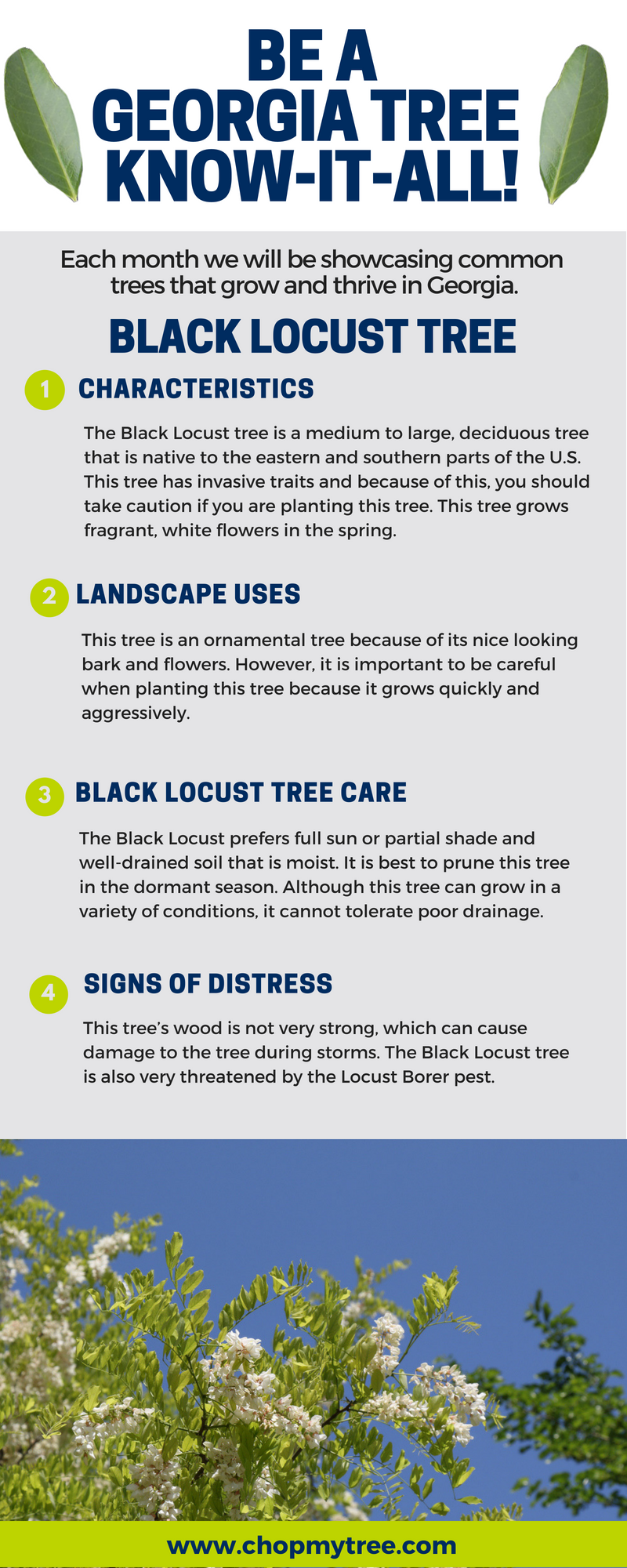Post-Tree Removal Support: Just How To Successfully Recover Your Landscape
Post-Tree Removal Support: Just How To Successfully Recover Your Landscape
Blog Article
Material Writer-Langley Mejia
After a tree's elimination, your landscape may look rather different, and it's essential to analyze the results very carefully. You'll wish to examine the soil disturbance and check bordering plants for any type of signs of stress and anxiety. Disregarding these variables can cause larger issues down the line. So, what should you make with those stumps and origins? And how do you select the most effective plants for your rejuvenated space? Allow's discover these vital steps.
Evaluating the Consequences: Assessing Your Landscape
After a tree elimination, it's vital to assess your landscape to comprehend the effect it carries your backyard.
Beginning by taking a look at the area where the tree stood. Look for signs of dirt disruption, and inspect the bordering plants for any tension or damages.
You need to likewise keep in mind of exactly how the elimination has actually changed sunlight direct exposure and airflow in your garden. This change can affect the growth of close-by plants, so it's vital to review their health.
Consider the aesthetic facets as well; the removal might produce an open space that you can revamp.
Lastly, think about any kind of potential disintegration concerns that could emerge from the tree's lack. Addressing these factors early will help restore balance to your landscape.
Managing Stumps and Origins: Alternatives for Elimination
As soon as you have actually assessed the consequences of the tree elimination, you'll likely require to deal with the stump and roots left behind.
You have a few options for removal. One effective approach is stump grinding, where a specialist utilizes a machine to grind the stump down to below ground degree. This technique leaves marginal disturbance to your landscape.
If you prefer a do it yourself method, you can use a mix of digging and chemical stump removers. Just remember, Read More Listed here can take time and effort.
Conversely, consider leaving the stump as an all-natural attribute, which can work as a distinct garden element or environment for wild animals.
Whatever you select, resolving the stump and roots is vital for restoring your landscape.
Choosing the Right Plants for Your New Area
As you assess your freshly removed room, picking the right plants can considerably improve your landscape's elegance and functionality.
Beginning by taking into consideration the sunlight and soil conditions. For warm locations, choose drought-resistant plants like lavender or succulents. In shaded areas, brushes and hostas thrive well.
Think of the dimension and development behaviors of your plants; mix perennials and annuals for seasonal selection. Do not forget to include indigenous species; they require less upkeep and support regional wildlife.
Team plants in weird numbers for a more natural look and produce layers for visual depth.
Lastly, ensure you have a mix of colors and structures to keep your landscape dynamic throughout the seasons.
Pleased planting!
Verdict
In conclusion, restoring your landscape after tree removal is a satisfying process. By assessing the aftermath, addressing stumps and origins, and picking the right plants, you'll develop a flourishing setting. Don't neglect to incorporate erosion control procedures to protect your soil. With a little effort and care, you can change your space into a vivid yard that improves your building. Welcome Recommended Online site to renew your landscape and enjoy the appeal of nature right in your yard!
